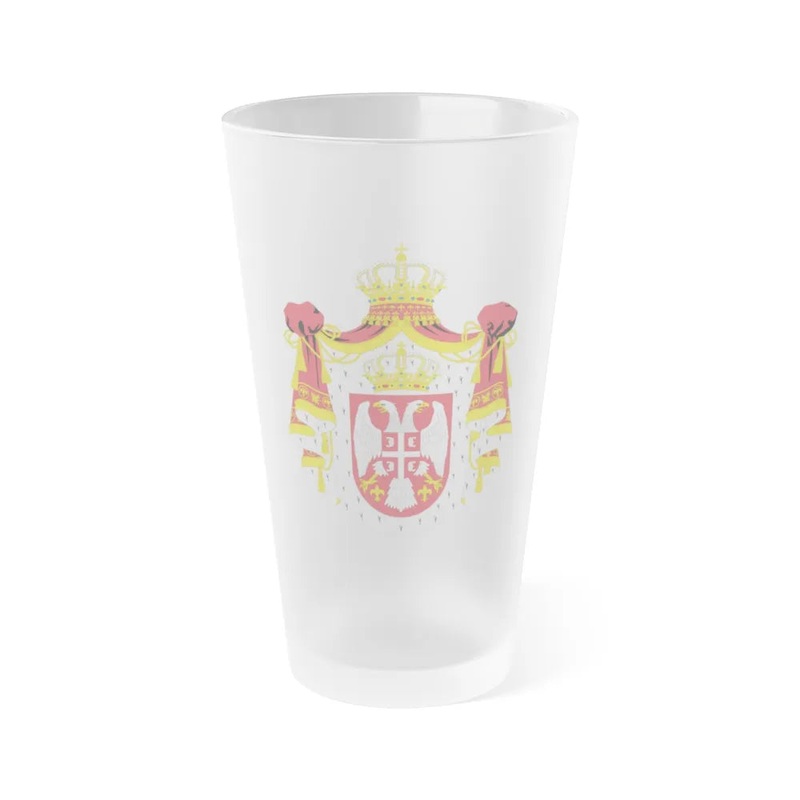
The Coat of Arms of Serbia from 2004 to 2010 represents the national symbol during this specific timeframe in the country's history. This emblem is a shield divided into four quarters, each bearing significant elements symbolizing historical events or regions within Serbia.The first quarter features three white six-pointed stars arranged in a triangular pattern, representing the medieval Nemanji dynasty and the three historical provinces of Serbia: Rascia, Hum, and Zeta. The second quarter represents modern Serbia with two hands joined in friendship, holding a small golden crown and a white two-tailed eagle, which are both traditional symbols of the country.The third quarter showcases Saint George on horseback slaying the dragon, signifying the protection of the Christian faith. Lastly, the fourth quarter displays an Orthodox cross, representing the predominant religion in Serbia. The shield rests upon a green field, symbolizing fertile land, and is encircled by a belt inscribed with "nieo " (Unconquered Serbia). This Coat of Arms was officially used from 2004 to 2010, before being replaced by the current design.
